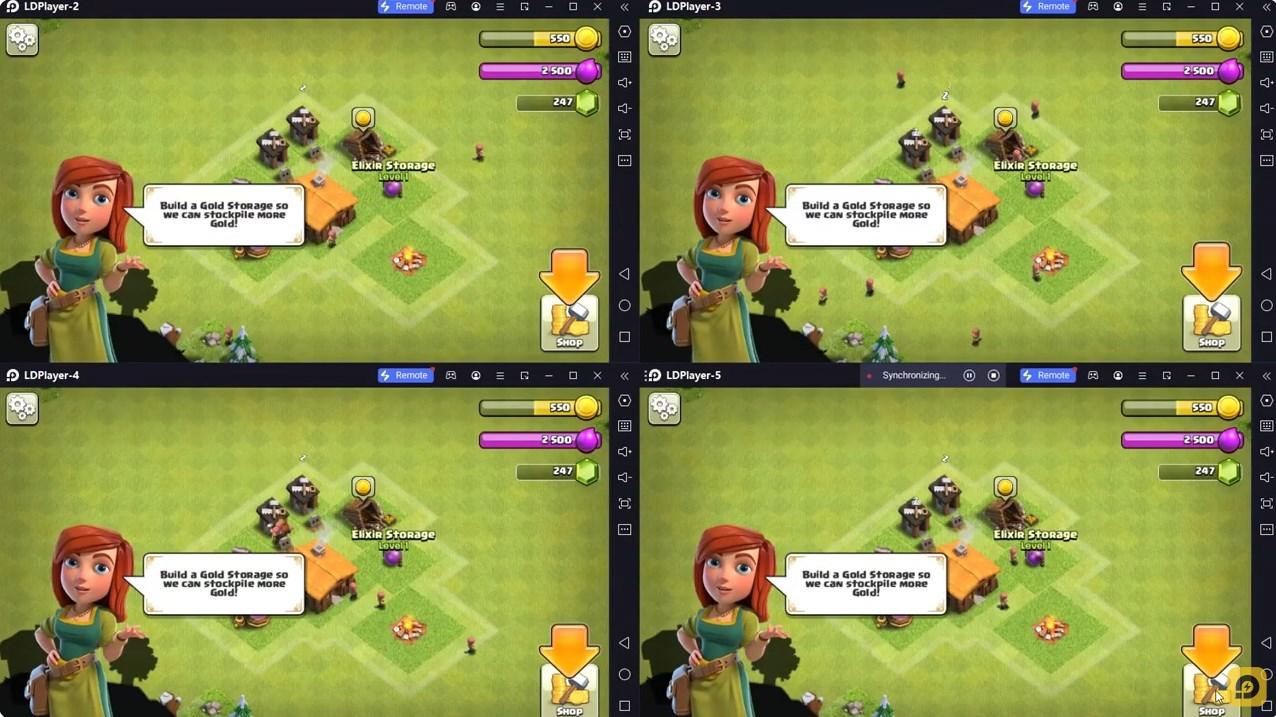Thirteen
Use LDPlayer to Play Thirteen on PC
Thirteen is a Card game developed by MichalSoft, and with the best Android emulator, LDPlayer, you can now enjoy Thirteen on your computer.
Playing Thirteen on PC allows you to harness the full power of your computer's CPU and memory resources, without worrying about lag or crashes. You're no longer constrained by battery life, mobile data, or interruptions—play for as long as you want.
LDPlayer, one of the Android emulators for Windows PC, is designed specifically for mobile gamers. Based on Android 9.0, it enhances your gaming experience on PC by providing faster performance and higher FPS.
Moreover, LDPlayer offers unique emulator features including multi-instance support, macros, synchronization, and other features not available on mobile devices. Start downloading and playing Thirteen on your computer now!
Thirteen is a shedding card game sometimes called the national card game of Vietnam! It's a fairly simple game, but does require much strategy to play it well.The objective of the game is to be the first player to get rid of all your cards.
The game is played with a standard 52 card deck. The rank of cards from low to high is 3, 4, 5, 6, 7, 8, 9, 10, Jack, Queen, King, Ace, 2.
The unusual thing here is that the 2 is the highest card. It's also a special card in that it cannot be used in any sequences.
The suits also have a rank. The suits from low to high are Spades♠, Clubs♣, Diamonds♦, Hearts♥.
The suit rank is less important than the normal card rank though, and only comes into effect if you have two cards with the same rank. E.g. a 5 of spades is always higher than a 4 of hearts, even though spades is the lowest suit and hearts is the highest suit, because 5 is higher than 4 and that's more important. But if you have a 5 of spades and a 5 of hearts then the 5 of hearts would be considered higher because the rank is the same but hearts is higher than spades.
When the table is empty and a player is playing he can play a few different types of combinations. Those are: single card, pair of cards with the same rank, three cards of the same rank, four cards of the same rank, sequence of at least 3 cards (E.g. 4,5,6. The card in a sequence don't have to have the same suit. A 2 can never be part of a sequence.), double sequence of at least 6 cards (e.g. 3,3,4,4,5,5).
Once a player has put out a combination the other players have to try to play the same type of combination with a higher rank. If a player can't play a higher ranking combination of the same type he must say Pass (double tap your score). If no player can put out a higher combination than what's on the table, they all say Pass and the cards are removed from the table. The player who had the final combination on the table gets to play next and can play any combination he wants, since the table is now empty.
A player is allowed to Pass even if he has cards that he could play. However, if he does that he will have to keep passing until the current cards have been cleared from the table.
Understanding the ranking and how it works is very important.
For pairs you can play the same numerical rank if the highest card of the pair is higher than the highest card of the pair on the table. Or you can play any pair of 6's or higher on top of any pair of 5's because numerical rank matters more than suit rank.
For sequences you can play another sequence if the highest card of your sequence is higher than the highest card of the sequence on the table. Again, it's all about the highest card of the combination. Or you can play any three card sequence that starts on a higher numerical rank, e.g. starts from 6.
2 is the highest card in the deck. However, there are a couple of combinations known as bombs that can be played on top of 2's as follows:
• A 4-of-a-kind or a double sequence of 3 cards can be played on top of a single 2.
• A double sequence of 4 cards can be played on top of two 2's.
• A double sequence of 5 cards can be played on top of three 2's.
Tap the cards you want to discard and double tap your score. If you want to deselect some card just tap it again.
Screenshots and Videos of Thirteen PC
Why Play Thirteen on PC with LDPlayer?

How to Download Thirteen on PC?
Download and install LDPlayer on your computer
Locate the Play Store in LDPlayer's system apps, launch it, and sign in to your Google account
Enter "Thirteen" into the search bar and search for it
Choose and install Thirteen from the search results
Once the download and installation are complete, return to the LDPlayer home screen
Click on the game icon on the LDPlayer home screen to start enjoying the exciting game
If you've already downloaded the APK file from another source, simply open LDPlayer and drag the APK file directly into the emulator.
If you've downloaded an XAPK file from another source, please refer to the tutorial for installation instructions.
If you've obtained both an APK file and OBB data from another source, please refer to the tutorial for installation instructions.
